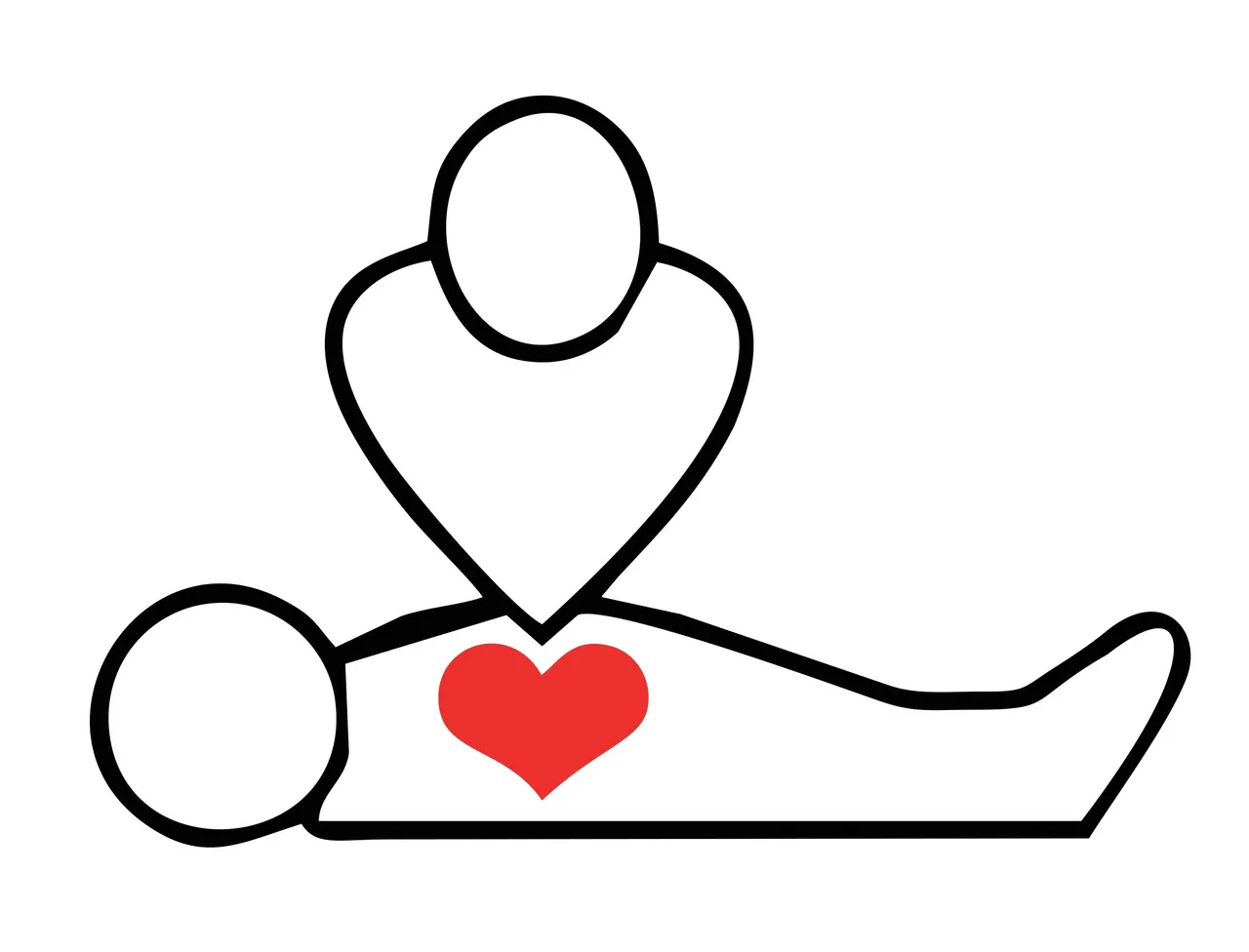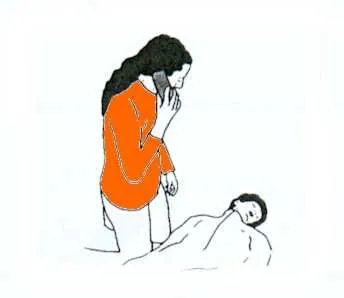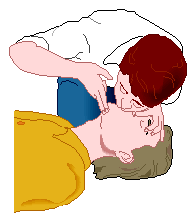
The Basic Life Support is a first aid technique that includes cardiopulmonary resuscitation and a sequence of basic actions to support vital functions.
The purpose of this technique is to maintain oxygenate the brain and the heart muscle, artificially by blowing air into the lungs and causing, by means of compressive forces on the chest, a minimum circulation of the blood.
Survival is closely dependent on the orderly realization of a series of interventions; the metaphor of the "chain" is to symbolize the one hand the importance of the sequence, and the fact that if one of the rescue phase is missing, the chances of survival are slim.
The chain is formed by four rings, which are in the order:
-Early access to the emergency system.
-Early initiation of BLS procedures.
-Early defibrillation, that is, the early arrival on site of a team able to practice defibrillation.
-Early intensive treatment of early (by medical and nursing staff trained).

Before starting.
Before practicing cardiopulmonary resuscitation follow these instructions:
- The patient is conscious or unconscious?
- If the patient seems to have lost consciousness, battetegli a finger on the shoulder or scuotetegli the shoulder and ask loudly: "Are you all right?"
- If the patient does not react, and there are two people in the vicinity, one must call an ambulance and the other has to start resuscitation procedures. If you are alone and you have at hand a phone, call the ambulance before starting CPR. If you feel that the patient is unconscious because it is choked (eg because he drowned), immediately started resuscitation, continue for one minute and then call an ambulance.

Restore circulation with CPR.
- Place the patient supine on a hard surface
- Kneel next to the patient's neck and shoulders.
- Put the palm of the hand to the patient's chest center. Put your other hand on top of the first. Keep your elbows rights and keep your shoulders in line with your hands.
- Download the full weight of the body (and not just that of the arms) on the patient's chest, and try to lower the chest forcefully, even five centimeters. The pace of compressions should reach about 100 compressions per minute.
- If you have never practiced CPR, continue CPR until the patient shows no signs of movement or until the ambulance arrives. If you are experienced, you go along checking the airway and performing artificial respiration.

Airways
*If you are experienced and have already run 30 compressions, you can unclog the airway using the head tilt maneuver. Put the palm of your hand on the patient's forehead and gently push your head back, and gently lift the chin with your other hand to open the airway.
*Check that breathing is normal, using no more than 5-10 seconds. Observe the movement of the chest, listen to the sound of breathing and controlled the flow of breath using your cheek and your ear. The gasps and the gasps are not considered as normal breathing. If the patient is not breathing normally, and you are first aid experts, started to practice mouth-to-mouth. If you feel that the patient has lost consciousness following a heart attack and you have no basic first aid, avoid mouth-to-mouth and performed CPR.

Artificial respiration.
Rescue breathing can be mouth to mouth or mouth to nose with if the mouth has been seriously traumatized or can not be opened.
- Once the airway open (with hyperextension of the head), close your nostrils with your fingers to use mouth-to-mouth, and cover the patient's mouth with yours, trying to leave no room for the passage of ' air.
- Be prepared to breathe twice. The first artificial breath should last one second and then you need to check if the chest rises. If he gets up, proceed with the second breath; if it does not get up, however, repeat the maneuver hyperextension of the head and then take the second breath. A resuscitation cycle consists of thirty compressions followed by two breaths.
- Regain cardiac massage to restore the circulation.
- If the patient begins to move after 5 cycles (about 2 minutes) and have available an automated external defibrillator (AED) apply it on the patient's chest and follow the voice instructions. Give a download, then resume with the resuscitation procedure, practicing CPR for two minutes, before administering a second shock. If you do not know how to use the defibrillator, you can be guided by an operator of the 118. For children 1 to 8 years, use pediatric pads, if available. Do not use the defibrillator in case of children under 1 year. If you do not have a defibrillator, skip to the next step.
- Continue the resuscitation procedure until the patient shows no signs of movement or until the ambulance arrives.